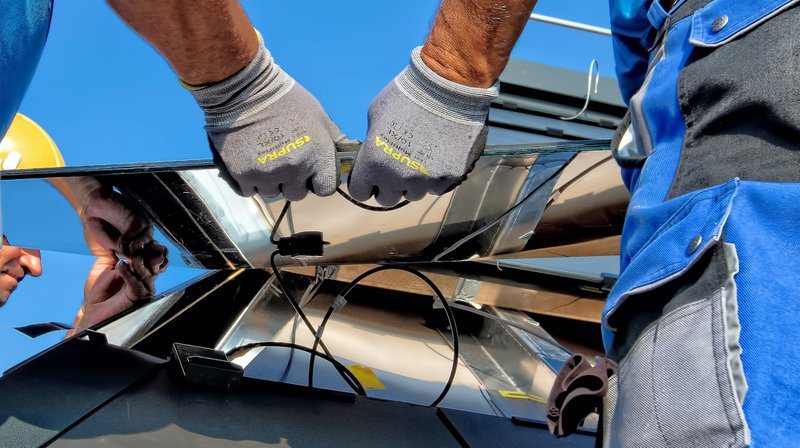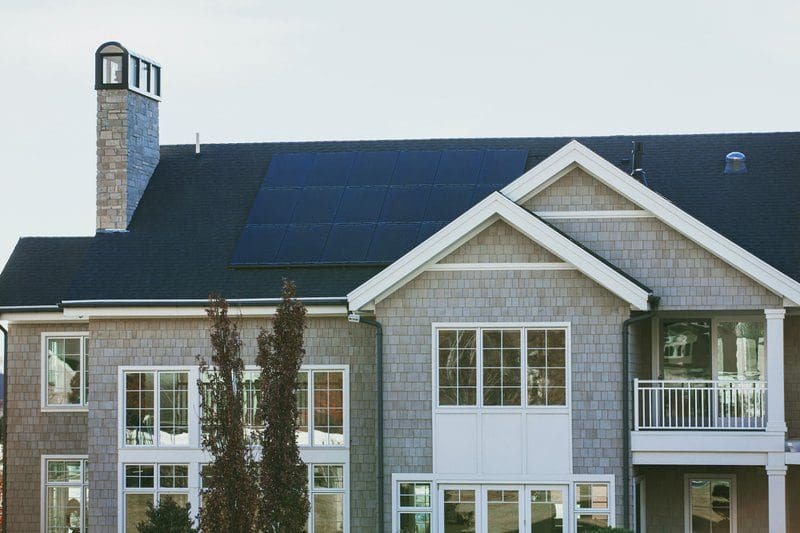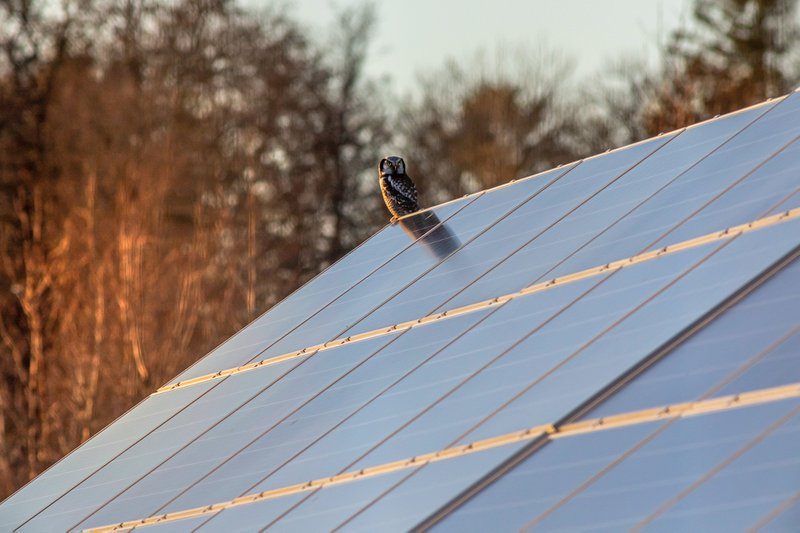With electricity prices going up and up, we wanted to look into some ways to offset those costs. So we spent the day with one of Ireland’s leading suppliers of solar panels and EV chargers to find out what you need to know.
We visited Midsummer Ireland and spoke to Sales and Marketing Manager Katie Popplestone about solar panels, how they are installed and the basics that you need to know. We asked her a series of questions, charting the journey from sun shine to powering your EV on clean electricity.

What is a Solar Panel?
A solar panel converts the sun’s UV rays into Direct Current electricity. PV stands for photovoltaic. Domestic solar panels typically get installed on the roof of people’s houses and garages.
We tend to classify PV panels in terms of their peak output. So we might say that a certain panel is a 420W panel. This means that is capable of producing up to 420W of power at its optimal level. Of course, you can string a number of panels together to increase overall output.
Many factors such as the pitch of your roof, shade from trees and the orientation of your house will affect how much energy the solar panels will produce.

How do you attach Solar Panels to your roof or garage?
Domestic solar panels are typically attached to the roof of the house or garage. Exactly how they get attached to the roof will depend on how that roof is finished. Mounting hooks and brackets help installer form a tight bond between the roof and the solar panels so they don’t get blown away in a gust of wind.
Individual roof tiles can be removed to expose the supporting rafters. The installer can then attach the brackets and hooks, before sealing the attachment and replacing the tiles. The solar panels are then attached to these sturdy brackets.
What is an Inverter?
Once the solar panel has converted the sun’s UV rays to direct electricity, it feeds that into an Inverter to convert it to AC electricity that we can actually use in our homes.
The Inverter typically sits in the attic, or perhaps under the stairs out of the way. They typically come with an app that you can use to see how much energy you are producing at any one time.
It is important to choose the right inverter when you are getting solar PV installed on your roof. You want the inverter to be able to handle the amount of electricity produced by the panels. For example, a domestic inverter may be single phase, but some commercial applications will need a 3-phase version.
Can you charge your EV off Solar Panels?
Midsummer had a number of EV chargers on site to show us while we were there. In essence, they all just charge an EV. But there are some differences between them. For example, some EV chargers match with your rooftop solar panels. They can all be mounted on pedestals or directly on to the wall of your house or garage.
The chargers that match with solar panels on your roof allow you to use up excess solar power that would have otherwise gone back to the grid. Although you can get paid for the energy you produce and return to the grid, it is probably better to use that electricity yourself directly.
Products made by companies such as Wallbox and myenergi can tell how much electricity your solar panels are producing at any given time. They also know how much your house is using. If there is more energy being produced on your roof than is being used in your house, they it diverts that excess straight into your EV’s battery. Considering the amount of time your car spends parked on your driveway, this can amount to a significant level of ‘free’ miles!

Solar Panels and your Home Insurance
If you do install Solar Panels on your roof then it is a very good idea to add them to your Home Insurance. The solar panels will increase the value of your house. Not adding them to your insurance policy could lead you to under-insuring your home.
If you are renewing your Home Insurance then feel free to reach out to us here for a quote.
You can watch the full video where we interview Katie Popplestone of Midsummer Ireland here.










